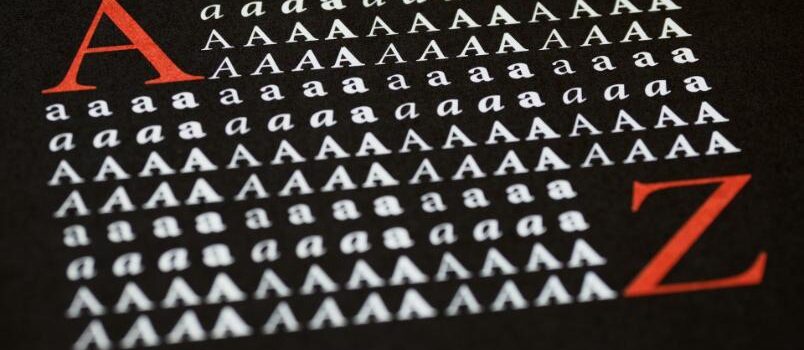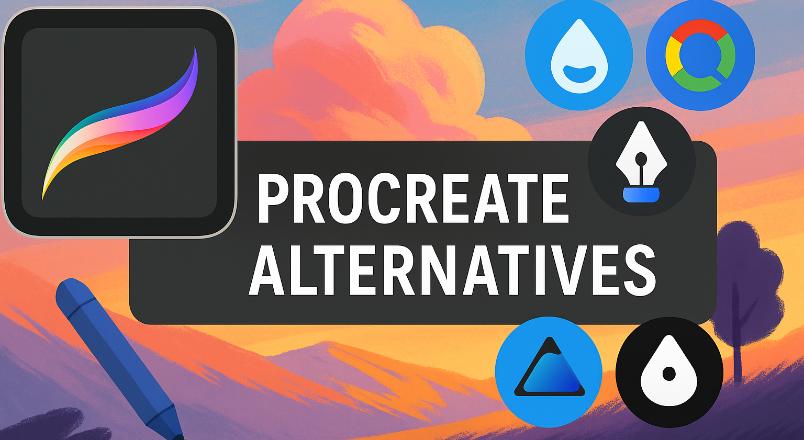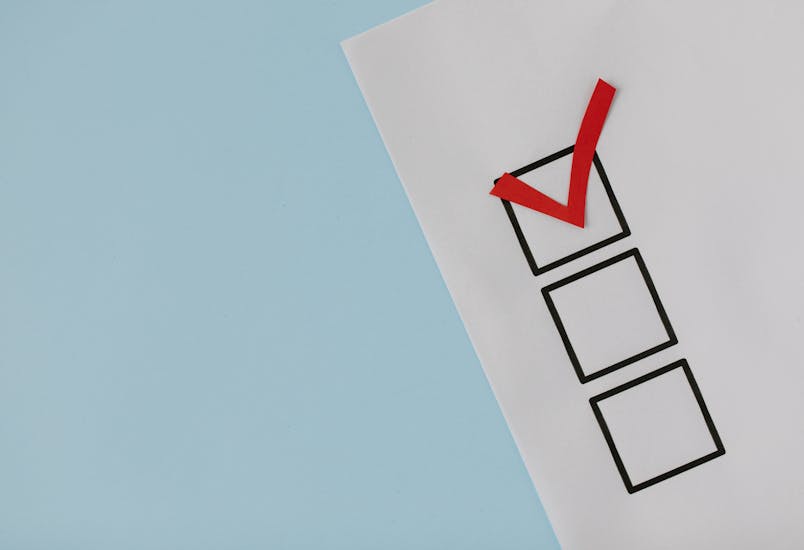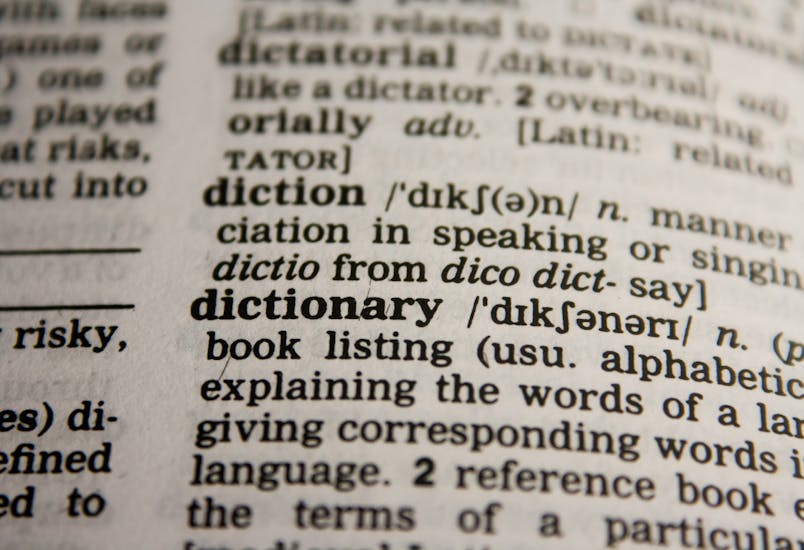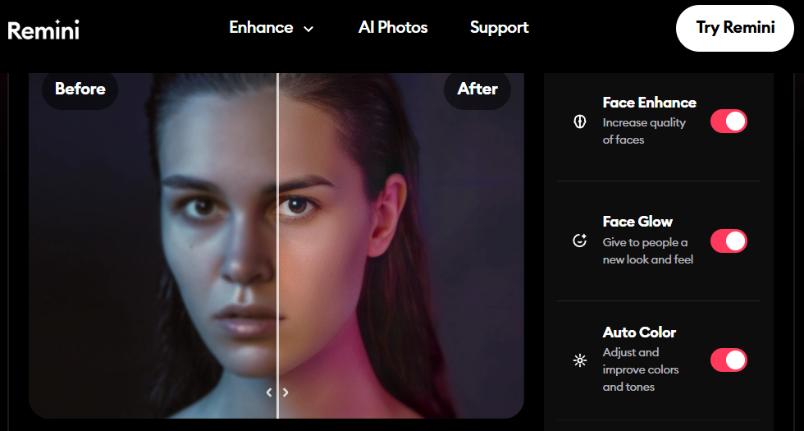The question of plagiarism is rather relevant today in the scientific community. It’s not just academic ethics, but also global legislative practice regarding intellectual property rights. The attitude towards plagiarism has become stricter; therefore, all scientific and even student works are carefully examined with the help of plagiarism checker.
Plagiarism and Formatting Styles
Research institutes adhere to certain rules for the execution of written works, which must also be observed by students when writing academic papers. Most of these rules relate to the process of research and correct citation. Creating their written works, students face a whole set of requirements, which must be followed at the same time. Some of them may seem even contradictory. Before starting work, it is very important to read these important rules, because even involuntary violation of them can lead to plagiarism. Plagiarism itself is the misuse (either intentional or unintentional) of anyone’s words or ideas. A charge of plagiarism can result in serious punishment, up to expulsion from the university or dismissal from work, in addition to damage to reputation and prospects for a writer’s career.
Cite a Source Properly
There are many ways to avoid plagiarism in your writing. One of the most effective is the reference to sources of information. To do this, you need to cite a source using quotes, specify the name of the author in parentheses after the quote, or render this information in a separate footnote at the end of the sheet. In this case, the citation is necessary when:
– the true wording has a special meaning;
– the original phrase so faithfully conveys a meaning that it is impossible to surpass it;
– significant statements of a political leader or a universally recognized researcher on this issue are mentioned.
Paraphrase a Statement
However, do not use a lot of direct quotes in the text and preferably give arguments to authoritative researchers by paraphrasing with reference to the source. In order to describe the author’s ideas, it is necessary to rephrase his statements, and not to rewrite them from this source. At the same time, it is necessary to be guided by two principles:
– a paraphrase should express the essence of the ideas of the author, do not distort or violate their meaning;
– a paraphrase should be directly related to the topic under discussion.
Paraphrasing and summarizing the sources imagine that you explain the material in your own words to a friend or a classmate. Spend more time paraphrasing and creating links in your work. Do not leave these important stages for the last. After all, it is well known that many students are forced to plagiarise when writing their work because of the strict time constraints assigned to its implementation.
Do Not Limit Yourself
Do not forget to use scientific publications and journals from your educational library. Here you can find a variety of printed materials that will be useful in writing the work and will reduce your dependence on data from the Internet. In general, one should be critical of the information posted on the Internet. For this reason, the work which is done “in the old manner” will not only be maximally free of plagiarism but also contain the most accurate data.
Develop Your Opinion
To get a unique text, you need to express a unique opinion. You should read the material from the source several times to understand the main idea, then postpone it and write down the theses of the future work. When you begin your written work, use these notes with theses, not the texts of the original material.
In order to form your perspective regarding a certain issue, it is reasonable to follow a piece of advice.
– Develop your theme, based on what has already been said and written about it, but your work should contain new and original ideas.
– Rely on the opinion of experts and authorities in this field, but improve ideas expressed by others or challenge others’ opinions.
– Use such a written language to match the level of the main authors on this topic, but use your own words and style to express ideas in work.
Be Creative
Even if this is a scientific work, which will be checked by a strict professor, there is always room for creativity. Go to the task outside the box, do your own research, take a survey or take a video of your observation. Such work cannot be plagiarized in any case.
















